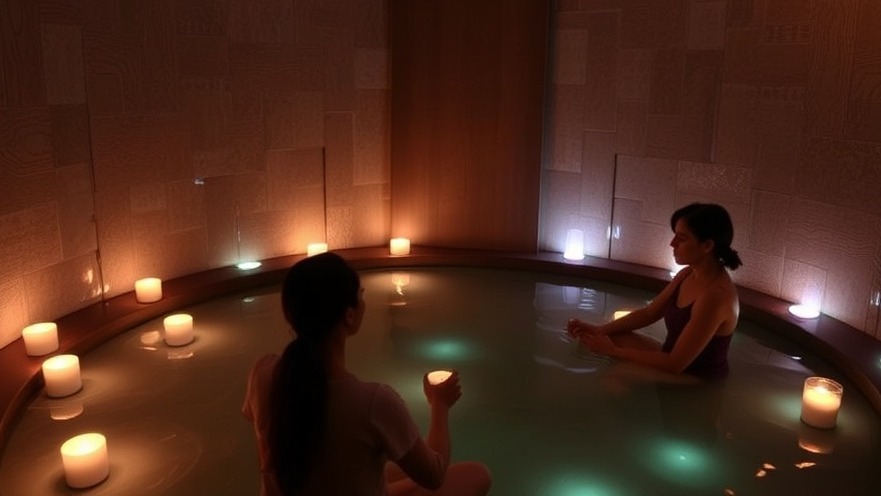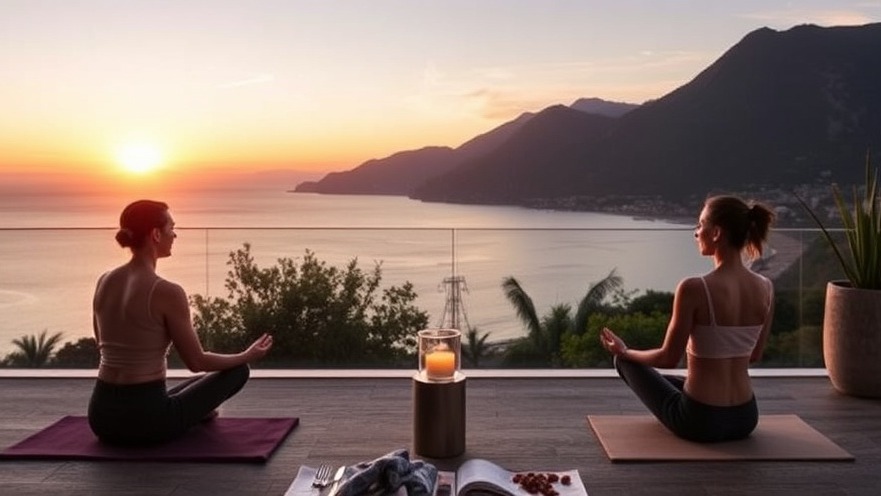
The Soothing Rise of Sound Healing in Spas
Picture this: you’re lying on a mat in a softly lit spa studio. A bowl hums to life, its shimmering note hanging in the air, and suddenly the whole room seems to breathe with you.
A gong rumbles in the background, and your body melts a little deeper into the floor. Within minutes, your mind has gone quiet in a way you didn’t even know was possible.
This is the world of sound healing, and it’s moving from the fringes of alternative wellness straight onto the menus of luxury resorts and neighborhood spas alike.
Sound baths, tuning forks, and vibroacoustic lounges are no longer just wellness novelties — they’re core spa services.
Guests describe them as some of the most restorative sessions they’ve ever had, and spa managers see them as a low-cost, high-impact way to meet growing demand for stress relief.
Foundational Background: Ancient Roots, Modern Interest
Healing with sound is one of humanity’s oldest practices. Tibetan monks have used singing bowls for centuries, their resonant tones believed to balance mind and body.
Indigenous cultures relied on drumming, rattles, and chanting to create rhythm-based healing ceremonies. In ancient Greece, Pythagoras studied how musical intervals could affect emotions and wellbeing.
Now, these traditions are being reimagined for today’s spa guests. Instead of mountain temples, you’ll find sound healing woven into menus at resorts, boutique studios, and even urban day spas.
And science is beginning to validate what cultures always intuited. In 2016, researcher Dr. Tamara Goldsby at UC San Diego found that participants in singing bowl meditations reported significant reductions in tension, anxiety, depressed mood, and pain.
“Singing bowl meditation… reduced tension, anxiety, depressed mood, and pain.” – Journal of Evidence-Based Complementary & Alternative Medicine
Real-world feedback mirrors the research. At CIVANA Wellness Resort in Arizona, guest Laura M. left a review highlighting the experience:
“I thoroughly enjoyed my spa vacation at CIVANA.… we especially enjoyed the sound bath. The spa is definitely something you can’t miss.” – Laura M., CIVANA guest
These voices reflect why sound has transitioned so smoothly from ancient ritual to modern spa culture.

Turning Points: From Niche to Mainstream
The pandemic was a clear turning point. With touch-based therapies harder to offer, spas looked for alternatives that felt safe, effective, and meaningful. Sound baths checked all the boxes.
Luxury resorts quickly embraced the trend. Four Seasons properties in Hawaii, Washington, D.C., and the French Alps added sound sessions.
CIVANA introduced floating sound baths, where vibrations ripple through both air and water. Miraval Arizona began offering crystal bowl immersions alongside its yoga and meditation programs.
Corporate wellness followed. In London, office workers began attending lunchtime sound baths to reset during their day. Financial Times reported on the surge in demand, framing it as a healthier alternative to coffee breaks.
And while many guests describe sound healing as deeply calming, not every first encounter feels the same. Writing for The Guardian, journalist Jenny Valentish shared her raw first impression at a sound bath in Sydney:
“As the music becomes louder … my first thought is ‘Danger, danger.’ … Soon, however, I adjust … I picture floating in space.” – Jenny Valentish, The Guardian
Her description captures the truth that sound therapy isn’t always predictable — and that’s part of what makes it powerful. Each person’s journey with vibration is unique.

Core Insights, Strategies, and Innovations
So, what makes sound healing effective? Researchers and practitioners agree on several key factors:
Direct access to emotion. Sound bypasses logical thought and reaches the limbic system — the part of the brain tied to memory and feelings. That’s why certain tones can trigger goosebumps or tears.
Adaptability. Sessions can be scaled up for groups or tailored for individuals. A single spa studio can host 20 mats for a group bath, or a therapist can use tuning forks for one-on-one care.
Integration. Sound combines well with yoga, meditation, and massage. Many spas begin treatments with a short sound immersion to help guests drop into relaxation faster.
Evidence base. While research is still developing, early studies show consistent improvements in mood and stress reduction.
Dr. Goldsby emphasizes the accessibility of the practice:
“Sound meditation is a low-cost, low-tech intervention with measurable benefits.” – Dr. Tamara Goldsby, UC San Diego
Lyz Cooper, founder of the British Academy of Sound Therapy, highlights the importance of the human element:
“The instruments are important, but the facilitator’s energy and purpose matter just as much.” – Lyz Cooper, BAST
New innovations are expanding options further. Floating sound baths let tones move through water for a multi-sensory experience.
Vibroacoustic beds send low-frequency waves directly through the body. Apps and headsets like NuCalm and BrainTap blend sound with light therapy or guided meditation.
While some of the tech products face skepticism, their popularity proves one thing: people are hungry for experiences that quiet the mind and restore the body.

Unique Value: What Sets Sound Healing Apart
What makes sound healing stand out in the spa world is its accessibility and emotional depth.
Massages and facials are wonderful, but they require staff time and can be expensive for clients. A sound bath, by contrast, is affordable, scalable, and inclusive. Guests don’t need prior experience, fitness, or even much energy. They simply lie down, close their eyes, and let the vibrations do the work.
Jasmine Hemsley, wellness advocate and gong practitioner, describes its restorative effect in striking terms:
“A 20-minute sound session can feel like three hours of rest.” – Jasmine Hemsley
That kind of impact explains why spas see sound healing as a gateway service. A curious guest may try a $40 group sound bath and leave with a sense of renewal so strong that they book a massage, facial, or yoga class on their next visit.
Sound also fosters community. Group sessions create shared emotional experiences — people leave not only calmer, but often more connected to one another. For spas, that builds loyalty and word-of-mouth buzz.
Practical Tips and Takeaways
For Spa Owners & Managers
Pilot first. Offer weekly group sound baths before investing in high-tech vibroacoustic chairs.
Invest in training. Partner with certified practitioners or send staff through respected programs like BAST or Acutonics.
Set expectations. Market sessions as stress relief and nervous system recovery — not miracle cures.
Design the experience. Room lighting, blankets, mats, and even temperature all affect how deeply guests relax.
For Wellness Seekers
Start simple. A group sound bath is an easy, affordable entry point.
Track your response. Notice whether sleep, mood, or stress shifts after sessions.
Explore modalities. Compare bowls, gongs, tuning forks, and vibroacoustic beds — each has a distinct feel.
Embrace the unexpected. Some people nap, some cry, some feel energized. There’s no wrong outcome.
As vibroacoustic researcher Dr. Lee Bartel points out, refining the practice will only make it stronger:
“Low-frequency sound can modulate physiology, but research must standardize frequency, amplitude, pulsation, and loudness.” – Dr. Lee Bartel, University of Toronto

Conclusion: Finding Harmony in Modern Wellness
Sound healing is proving that sometimes the simplest tools are the most profound. In a noisy, overstimulated world, lying back and letting vibration move through you can be the difference between feeling drained and feeling whole again.
As Spa Executive noted:
“Sound therapy could provide a low-cost, non-invasive alternative for stress and pain.” – Spa Executive
Between the researchers validating its benefits, the practitioners refining its methods, and the guests sharing life-changing experiences, one truth is undeniable: sound has found its place in modern spa culture.
It bridges ancient and modern, science and spirit, individual and group. And for both spa owners and wellness-seekers, it offers something rare — a way to feel lighter, calmer, and more human in a world that rarely slows down.
 Add Row
Add Row  Add
Add 




Write A Comment